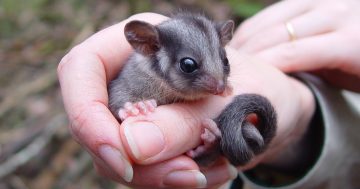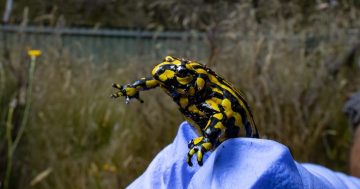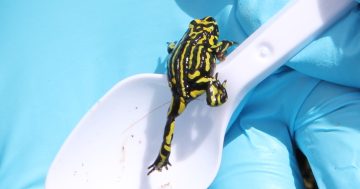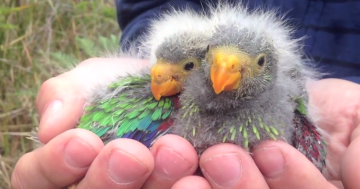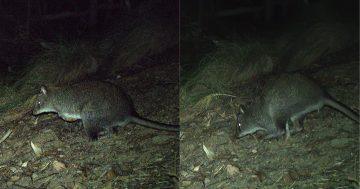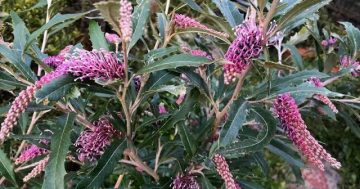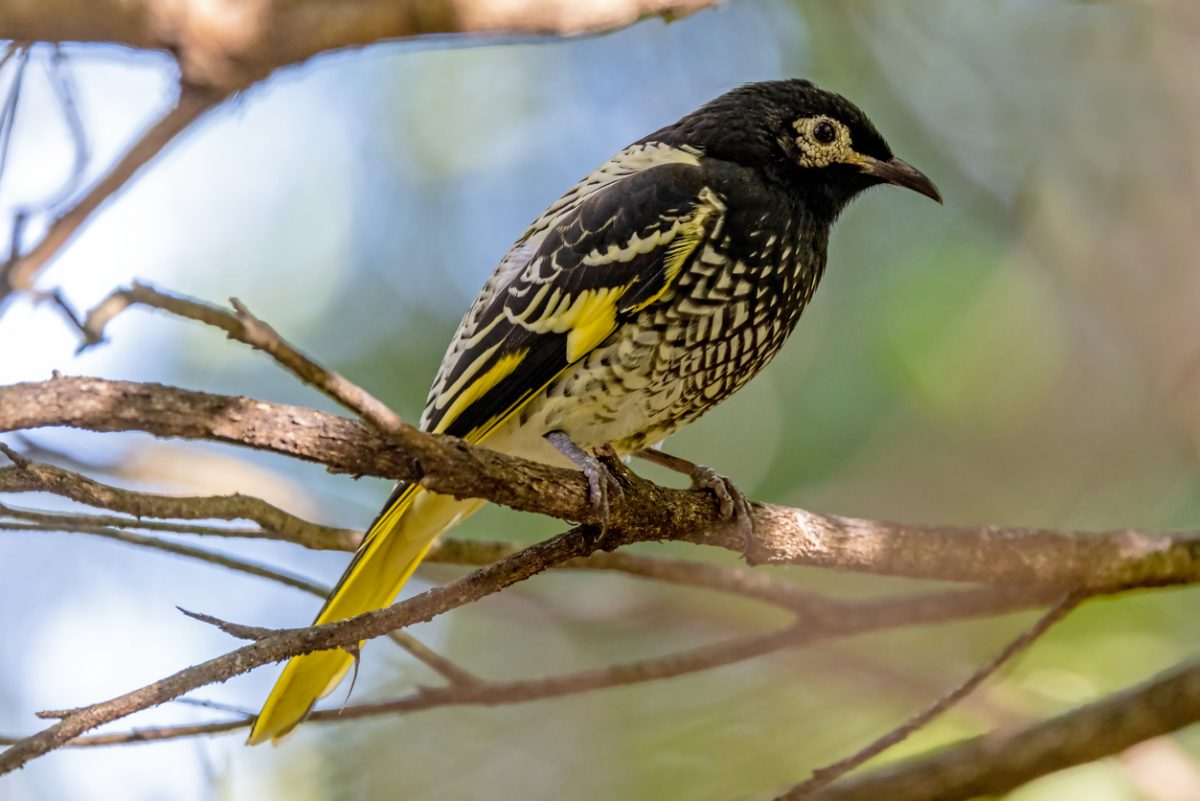
The critically endangered Australian Regent Honeyeater. Photo: File.
A striking bird with one of the most beautiful calls in the Australian bush is teetering along the edge of extinction, but hundreds have now been released to try to save the rare species.
Only 250 to 350 regent honeyeaters, which are critically endangered in both NSW and the ACT, are estimated to remain in the wild.
But a NSW Government conservation project that aims to save the species has so far bred more than 500 birds in captivity as an insurance population, and released 300 of them back into the bush.
The regent honeyeater is a small yellow, black and white bird that mainly lives in the temperate woodlands and open forests of the inland slopes of Australia’s south-east, but their habitat has been drastically reduced by historical clearing for roads and agriculture.
Earlier this year, research from the Australian National University (ANU) found the bird could be extinct within 20 years if its situation doesn’t improve.
It is a devastating decline for a species that was one of the most commonly encountered species in Australia less than 80 years ago.
“You don’t get more threatened before a species disappears than what we find with the regent honeyeater at the moment,” BirdLife Australia’s Dean Ingwersen said.
According to the NSW Department of Planning and Environment (DPI), the government is now working with its partners, including BirdLife Australia and the ANU, to maintain a viable population and enhance the habitat for this iconic bird through the conservation project.
Along with the breeding program, it has improved the extent of the regent honeyeater’s habitat, increased our understanding of the species and engaged the community in the recovery.
The DPI’s Dr Sarah Bell said once the population became so small, then that in itself caused more population declines.
“We know that to keep this species around for the future generation we need to improve nesting success,” she said.
“Some of those actions include population monitoring, tree plantings [and] noisy miner control.”
She said the project did population supplementations and the Taronga Conservation Society had an “amazing” captive breeding program for the birds.
The first release into the wild took place in 2008 and was followed by many more, releasing just over 300 birds in total so far.
BirdLife Australia’s Mick Roderick said the program was not just about “letting birds go”.
“This is part of a journey to recognise and acknowledge that these forests are remarkable from a cultural perspective and a biodiversity perspective,” he said.
There are hopes that this is not the end for this precious species.
“I’d love for my daughter Harriet to be able to see a regent honeyeater in the wild when she grows up. That would really show that we’ve done something here,” Dr Bell said.







